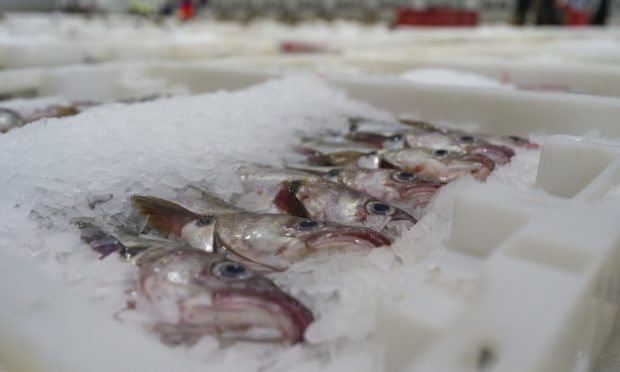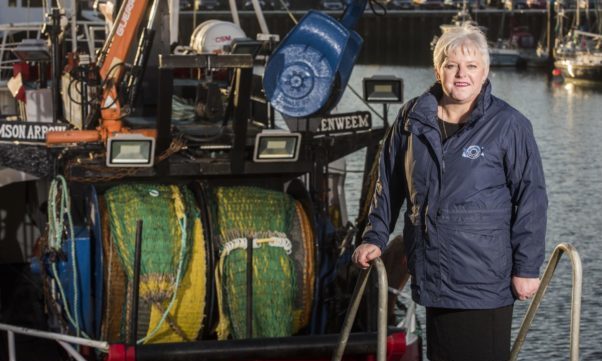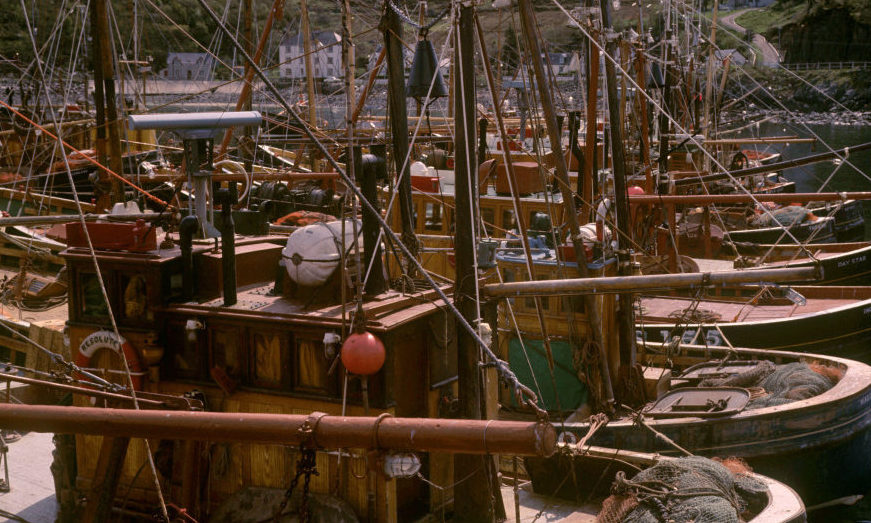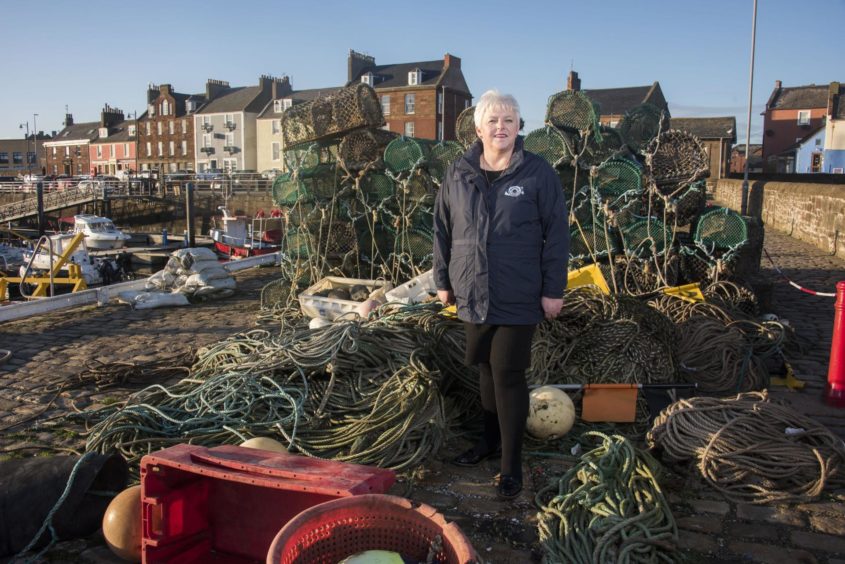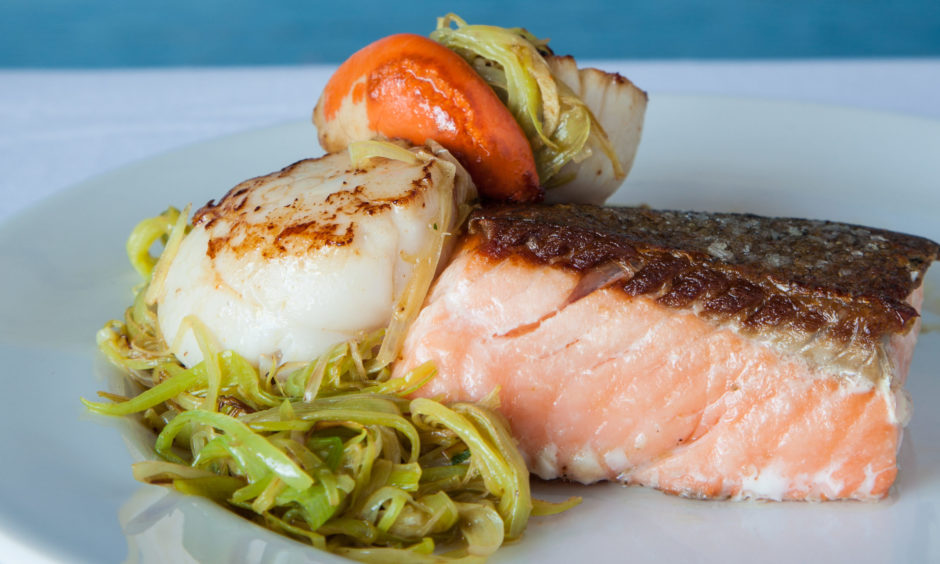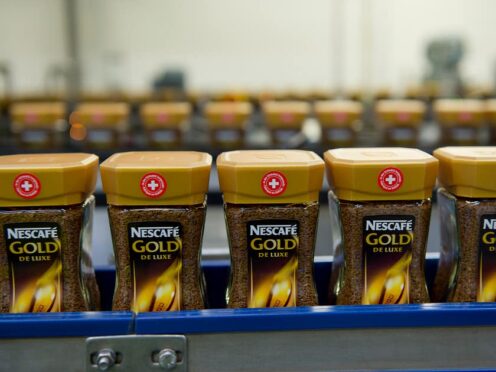Lack of page numbers and forms filled out in the wrong colour have caused lorries carrying Scottish seafood to the EU to be rejected.
The price of Scottish seafood to fall by as much as 80%, an industry chief has claimed.
Donna Fordyce, chief executive at Seafood Scotland, has outlined the crisis facing the sector.
She said issues from computer failures to paperwork have rendered some Scottish companies’ efforts to export seafood “all but impossible”.
Border confusion
In some cases lorries have been rejected because paperwork has been filled out with the wrong colour of ink, she said.
Some commodity codes aren’t on the system and have to be overwritten manually and there is confusion how documentation is numbered.
“Some (forms) are to be filled in with certain colours of ink, but the instruction as to which isn’t clear,” Ms Fordyce said.
“Documentation requires pages numbered, but the computer system prints them off without numbers, so the information needs to be added by hand.
“Lorries are being rejected for having no page numbering, or even having ‘Page 11’ as opposed to ‘Page 11 of 14’.
“Currently two forms completed in an identical way could be passed at one port, and rejected at another.”
Huge price falls and boats tied up
Exports of Scottish seafood from smaller companies were halted for a further five days by DFDS, the transport company that handles most of the trade.
The delays have meant a sharp drop in exports.
One Scottish seafood firm which normally sends £1m worth of product to the EU every week managed to get just £12,000 of product into the EU last week.
As a result, they have told the 27 boats that supply them to stop fishing.
“Many species of Scottish seafood have experienced a price drop of around 40-50% at market this week,” Ms Fordyce continued.
“This is because processors and intermediaries are not buying, as they are not guaranteed to be able to sell seafood on to EU customers because they can’t get it out the UK.
“In some cases the price drop has been up to 80%. This is stabilising only because there is less fish being landed. It is not a sustainable position.
“Around one third of the Scottish fleet is currently tied up. This means the boats are not going out, and those fishermen are not working.”
Redirecting catch to Denmark
The main species affected are those popular in European markets. These include coley, megrim, whiting, monkfish, hake, ling, and highly-perishable premium shellfish.
The chief executive said some boats are redirecting their catch landing to Denmark.
“This means the Scottish processing sector, which employs around 10,000 people, is completely missed out of the equation,” she warned.
“We need to get these boats back landing in Scotland ASAP. We need the processors back operational and selling seafood into the EU in order to do this.”
Government talks
The industry is working together with UK and Scottish Governments to try to resolve problems throughout the supply chain.
The issue was debated in the House of Commons but George Eustice, cabinet minister for fishing, was unable to give details of any compensation scheme.
A Scottish whitefish processor exported 100 tonnes of seafood in the first two weeks in January last year. It has managed to do 8.5 tonnes last week and none this week.
The product that he didn’t get through has been frozen, but its freezer facilities are now at capacity. The firm stopped buying at market on Thursday last week.
Another Scottish processor, exported £2 million of shellfish in January last year. This year, it expects to achieve somewhere between £500,000 and £1m for this January.
Call for grace period
Seafood Scotland is calling on a six-month grace period in relation to the new paperwork.
This call is backed by the Scottish Salmon Producers Organisation (SSPO).
Chief executive Tavish Scott said: “We are nearly half-way through January and problems are still entrenched in the exporting process.
“Salmon farmers are experiencing a variety of issues getting fish to market in good time.
“Companies are indicating some tentative signs of progress.
“However, we are very mindful that every day that supplies of Scottish salmon are delayed or compromised the valuable trading relationships Scotland has across European markets are vulnerable to competition.”
Brexit’s ‘paper fish’: PM’s vow to ‘compensate’ Scottish fishing firms in doubt
